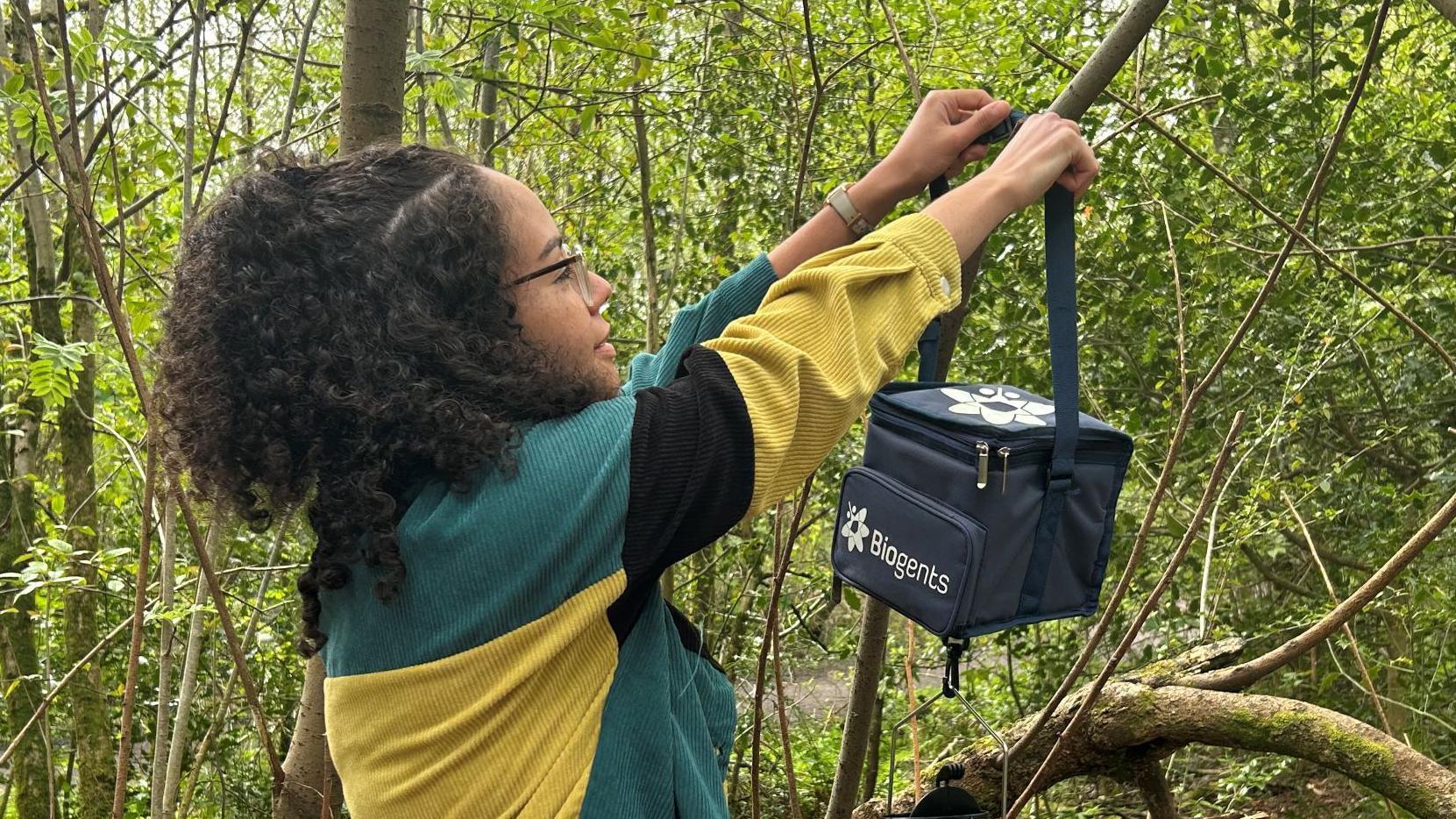Mosquitoes Invade Northern Scotland: Even Shetland Isn't Safe!

In Scotland, a summertime staple is the small but bothersome midge.
However, researchers from Glasgow University have verified the ongoing increase in populations of its remote relative—the mosquito.
The nation currently hosts over 20 distinct species of these biting insects, with some even being found in Shetland — which stands as the most northerly locale recorded so far.
Often linked to warmer regions, mosquitoes are actually an integral component of Scotland's natural environment.
A thriving citizen science initiative is providing insights into the scale of the mosquito population.
Is it a midge bite or a mosquito bite?
University researchers have received many complaints from people about annoying bites and initially thought that midges or horseflies might be the culprits.
Additional examination revealed that the regions in question were teeming with mosquitoes, aggressively attempting to sting individuals.
In the past twelve months, over 700 possible sightings and photographs have been sent to the continuing Mosquito Scotland initiative.
Following the assessment, over fifty percent were identified as mosquitoes, representing 21 distinct species that have made their new habitat in Scotland.
Even though public sightings reached their highest point during the summer months, reports were submitted to the team for each month of the previous year.
Insects are typically observed in wooded regions, especially pine forests located in the eastern part. However, they can also be commonly seen in major urban centers away from coastal areas. For instance, larvae were discovered in standing water within Glasgow, including garden containers and ponds.
Heather Ferguson, a professor of medical entomology at the University of Glasgow, characterized the early reaction to their three-year-long initiative as "exceptional."

She stated: "They were discovered far more extensively than previously understood."
Across nearly every region of the country, we received sightings of various species. Additionally, something particularly thrilling for our team was confirmed—a new northernmost record for the United Kingdom. This came from a citizen’s observation of a mosquito in Shetland that we verified.
In addition to the public sightings, the team hung traps at 24 locations across the country, luring the insects by the smell of carbon dioxide which mimics human breath.
Dr. Georgia Kirby heads up the citizen science initiative and noted that reports from the public have directed where they place the traps, which occasionally capture over 1,000 mosquitoes within a span of two days.
She stated: "We had multiple locations in Scotland where we got numerous bite reports, yet hardly any photographs of the perpetrators—understandably so, since most individuals prefer not to pause for pictures when being bitten by bugs."
Our suspicions initially fell upon midges or clegs, yet subsequent inquiries consistently revealed that these areas were overrun with mosquitoes—demonstrating that individuals in Scotland excel at identifying them and differentiating them from better-known bugs.
"Most of these sites were areas of dense woodland, which is a key habitat for several aggressive human-biting mosquito species."

Is malaria a risk?
At this time, mosquitoes do not represent a health threat to people in Scotland. The parasites required for transmitting diseases such as malaria are absent from the region.
Nevertheless, things were quite distinct about two centuries back when malaria was widespread in the United Kingdom.
It specifically appeared in eastern Scotland and disseminated via indigenous mosquitoes.
Today, climate change is likely to mean we could see more mosquitoes in Scotland, as our climate becomes warmer and wetter - perfect conditions to allow them to thrive.
Culex pipiens, the common house mosquito, has been found to carry and transmit the Usutu virus, originally discovered in the 1950s in Africa and present in Europe for the past three decades.
The virus spreads via the bite of an infected mosquito and has impacted blackbird populations.
The Mosquito Scotland project will continue to help track their population and scientists say it will help provide a crucial early warning system for potential risk, as the species respond to environmental change.
Professor Ferguson and Dr Kirby want to hear more from the public in 2025, to help increase their knowledge and build a picture of the biodiversity benefits of mosquitoes and any potential risks.
You can participate in the project and share your observations by going to the website. Mosquito Scotland website .
- Mosquitoes discovered throughout Scotland due to increasing temperatures
- Scientists from Glasgow create a new test for malaria-carrying mosquitoes
- Alert issued for bumper midge hatch following warm weather spell
Post a Comment for "Mosquitoes Invade Northern Scotland: Even Shetland Isn't Safe!"